The Shape of Successful Storytelling
| Adam Tiouririne | Bio | Posts 30 Jan 2015 | 10:11AM |
If I told you that a small man killed a large man with a slingshot, you might remember it for a few weeks. But if I told you a story about a small man killing a large man with a slingshot, you might remember it for a lifetime. In fact, we humans have collectively remembered the story of David and Goliath for thousands of years.
From the Bible to Hollywood, humans have shown a special affinity for storytelling.
Even the earliest hunter-gatherers told stories. But it took millennia until thinkers, starting with Aristotle, questioned just how stories captivate their audiences. More recently, theorists have shifted their inquiry to how narratives can inspire not just wonder and whimsy, but action and change.
And most of them, from Aristotle on, have found the answers not in words, but in shapes: The lines and contours, circles and arcs of good stories. Drawing on their work, we can uncover this shape of successful storytelling:

Before charting this shape’s every peak and valley, let me take my own advice and tell you its story.
First, there was Aristotle. His work undergirds almost every discipline of modern academia: Science, history, literature, philosophy. It’s even the source for the name of our firm. And of course, Plato’s pupil had something to say about storytelling.
Every story, Aristotle wrote, needs a beginning, a middle, and end. He called these three sections prologue (when the stage is set), episode (when the action happens), and exodos (when the conflict is resolved). It was the earliest realization of the power of structure to keep audiences’ attention.
Today, we learn about beginnings, middles, and ends in elementary school, but this lesson seems seldom remembered by grown-up presenters. Clear structure, building three parts in particular, is the first element of successful storytelling.
Second, fast-forward more than 2,000 years. Simon Sinek is determined to turn leaders’ thinking, action, and communication inside out.
Rather than, for example, announcing what a product is, then explaining how it works, and then positing why it matters, Sinek argues that audiences are only moved to action when speakers reverse that order:
“Every single person, every single organization on the planet knows What they do, 100 percent. Some know How they do it, whether you call it your differentiated value proposition or your proprietary process or your USP. But very, very few people or organizations know Why they do what they do. And by Why I don’t mean to make a profit. … By Why, I mean: What’s your purpose? What’s your cause? What’s your belief? Why does your organization exist? Why do you get out of bed in the morning? And why should anyone care? Well, as a result, the way we think, the way we act, the way we communicate is from the outside in. It’s obvious. We go from the clearest thing to the fuzziest thing. But the inspired leaders and the inspired organizations — regardless of their size, regardless of their industry — all think, act and communicate from the inside out.”
Starting with Why isn’t easy, but it pays off by tapping into the dominance of emotion in human decision-making. Disciplined order, moving from broad, emotional themes to specific, logical actions, is the second element of successful storytelling.
Third, there is another thinker who has searched for the shape of storytelling. “I even cried a little,” says Nancy Duarte, “when I figured out that it worked.”
What Duarte found is the Sparkline, a rhythmic flow that alternates between What Is and What Could Be. It starts with a gap between the current state and the ideal state that is “significant and meaningful and powerful” enough for the audience to be “stunned a bit” and “for the rest of your presentation, they’re leaning forward.” Then, in the middle of the story, Duarte advises to “move back and forth between those two perspectives and create interest.” And finally, she says, speakers should make a call to action, but not without ending on an even higher note: “You should always end your presentation with a ‘new bliss’ … explaining the way the world is going to be with your idea adopted.”
The contrast between the current state and the ideal state creates interest that keeps the audience engaged, and creates urgency for them to close the gap. Compelling rhythm, alternating between the current state and the ideal state, is the third element of successful storytelling.
Through the work of these and other experts, and our own experience, we can uncover the clearest picture yet of successful storytellling.
The Storywave combines the clear structure of Aristotle, with the disciplined order of Sinek, with the compelling rhythm of Duarte. It makes the convergence of the current state and the ideal state an inevitable imperative, and it makes your product, process, or new idea the seemingly obvious solution.
This is the shape of successful storytelling. For an example, here are key points in Barack Obama’s historic keynote address at the 2004 Democratic National Convention, mapped to the Storywave:
Obama’s speech didn’t quite make John Kerry president, but it did, in many ways, make Obama president. Immediately after the speech, analysts cooed that America may have just seen “the first black president of the United States.” Four years later, Obama fulfilled that prophecy, besting Hillary Clinton and John McCain in his own David and Goliath story.
And any office, not just the Oval Office, can benefit from the power of storytelling. It’s a way to give your ideas clarity, urgency, and — yes — shape.
Share your thoughts here, like this post on LinkedIn, or tweet @Tiouririne.


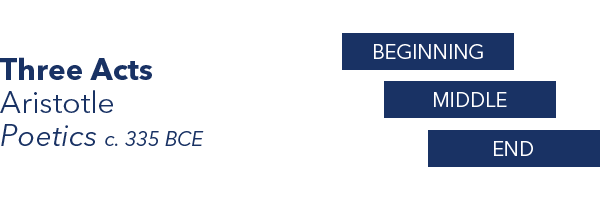
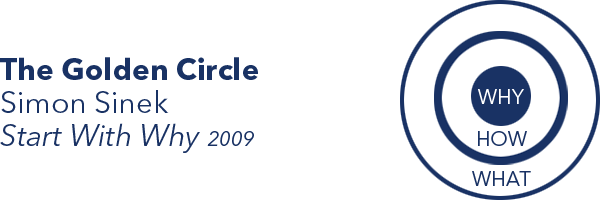
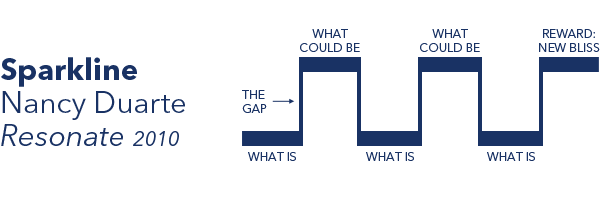
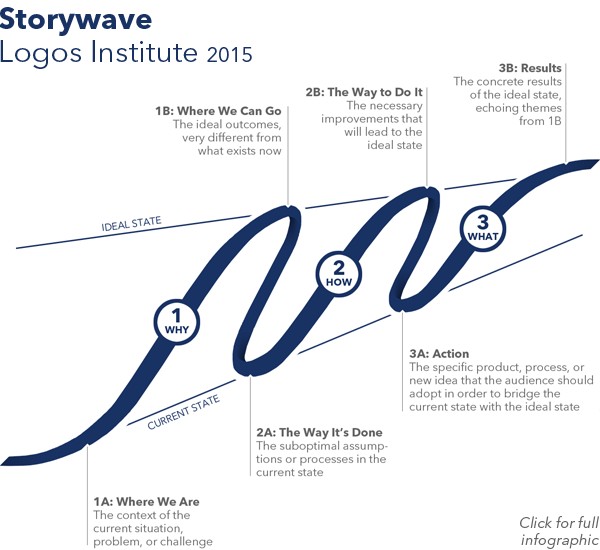
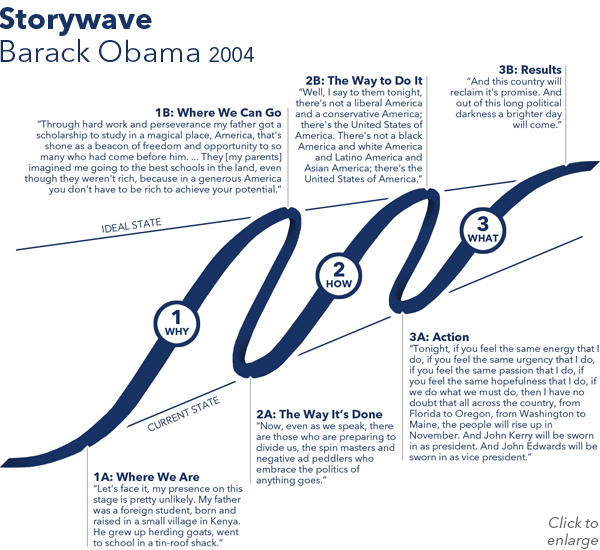

Leave a Reply
Want to join the discussion?Feel free to contribute!